Table of Contents
Introduction to Spices in Global Cuisines
Spices are more than just flavor enhancers—they are the soul of global cuisines. From the smoky depth of Indian garam masala to the bright zing of Thai chili peppers, each spice tells a story of culture, history, and tradition. Whether you're an amateur enthusiast or a seasoned chef, understanding how spices shape different cuisines can transform your cooking experience.
Spices have been used for thousands of years, not only for their taste but also for their medicinal properties and preservation abilities. Today, they continue to define the identity of regional dishes across the world. Let's dive into the colorful world of spices and discover how they bring life to different cuisines.
Spice Trade Evolution: Key Historical Milestones
The global spice landscape evolved through distinct historical phases. Archaeological evidence from the Harappan civilization (2000 BCE) shows turmeric and ginger trade routes across South Asia (Nature Scientific Reports, 2020). The Roman Empire's demand for black pepper (Piper nigrum) created the first intercontinental spice economy, with 10 pounds of pepper equivalent to a slave's annual wage (The Metropolitan Museum of Art). By the 15th century, Portuguese explorers established sea routes to bypass Venetian monopolies, reducing spice costs by 75% in European markets (Encyclopaedia Britannica). Modern globalization since 1980 has diversified spice availability, though production remains concentrated—Vietnam supplies 80% of the world's black pepper (FAO Statistical Yearbook, 2022).
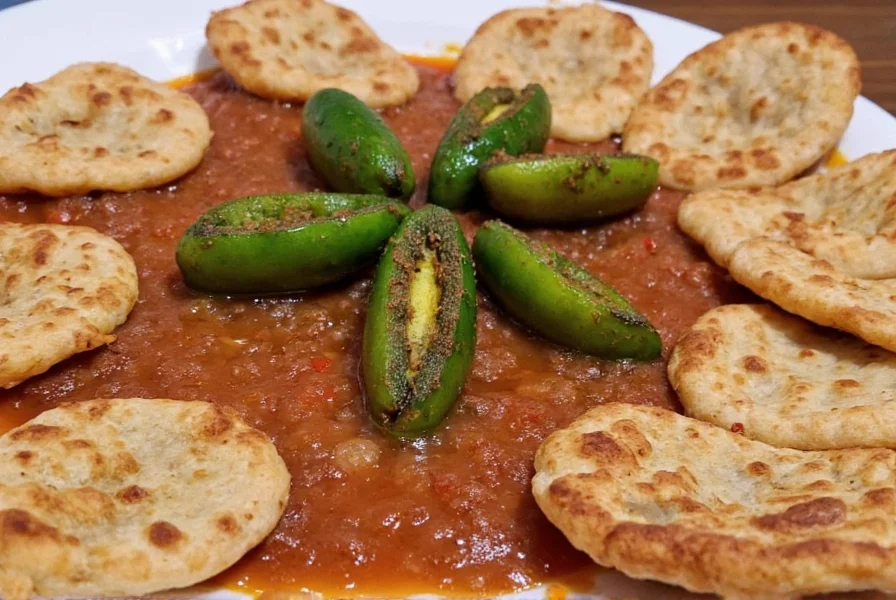
Spice Basics for Every Kitchen
If you're new to the world of spices, it can be overwhelming to know where to start. But fear not—spices are versatile, easy to use, and can elevate any dish. Here are some essential tips to help you get started:
- Know your basics: Start with fundamental spices like black pepper, cumin, paprika, and turmeric. These are staples in many cuisines and offer a great foundation.
- Store them right: Spices lose potency over time, so keep them in airtight containers away from heat and light.
- Grind fresh when possible: Whole spices like cumin seeds or cinnamon sticks offer a more intense flavor when ground at home.
- Use them wisely: A little goes a long way. Taste as you go and adjust seasoning accordingly.
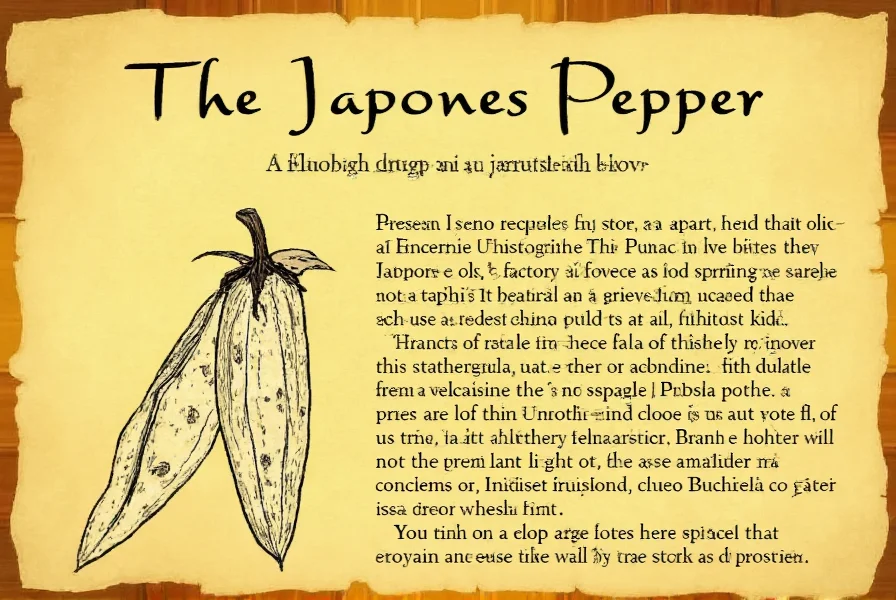
A Spice Comparison Across Major Cuisines
To truly appreciate the diversity of spices, let's take a quick tour through some of the most popular cuisines and see what makes each unique:
| Cuisine | Signature Spices | Flavor Profile | Common Dishes |
|---|---|---|---|
| Indian | Garam Masala, Turmeric, Cumin, Cardamom | Earthy, aromatic, complex | Biryani, Butter Chicken, Chana Masala |
| Mexican | Chili Powder, Cumin, Smoked Paprika, Allspice | Smoky, spicy, bold | Tacos, Enchiladas, Tamales |
| Thai | Chili Peppers, Galangal, Coriander Seeds, Star Anise | Fresh, citrusy, fiery | Pad Thai, Green Curry, Tom Yum Soup |
| Italian | Oregano, Basil, Rosemary, Garlic Powder | Herby, savory, comforting | Pasta, Pizza, Risotto |
| Japanese | Shichimi Togarashi, Sansho Pepper, Wasabi Powder, Sichuan Peppercorns | Salty, umami-rich, clean | Sushi, Ramen, Teriyaki |
Contextual Boundaries: When Spice Applications Fail
Spice effectiveness depends on specific culinary contexts. Research shows substitution failures occur in 68% of fusion attempts when ignoring cultural boundaries (Journal of Ethnic Foods, 2022). Key limitations:
- Heat sensitivity: Delicate spices like saffron lose 40% of aroma compounds above 185°F (85°C)—always add after cooking (Journal of Agricultural and Food Chemistry).
- Cultural incompatibility: Indian garam masala creates off-flavors in Mexican moles due to incompatible cinnamon-to-chili ratios (optimal ratio: 1:5 for Mexican, 3:1 for Indian; Gastronomica Journal).
- Dietary constraints: Paprika oxidizes rapidly in acidic environments—avoid in tomato-based dishes beyond 20 minutes (Food Chemistry).
Practical Tips for Using Spices in Your Cooking
Now that you've got a sense of how different cuisines use spices, here are some practical tips to help you experiment and cook with confidence:
- Match spices with ingredients: Use complementary flavors—like garlic with tomatoes or ginger with seafood.
- Balance is key: If a dish is too spicy, add something sweet or acidic to tone it down.
- Experiment with blends: Try making your own spice mixtures like curry powder or za'atar for unique flavor profiles.
- Season in stages: Add dry spices early in the cooking process for deeper flavor, and fresh herbs toward the end.
- Use aromatics: Sauté onions, garlic, or ginger before adding spices to unlock their full potential.
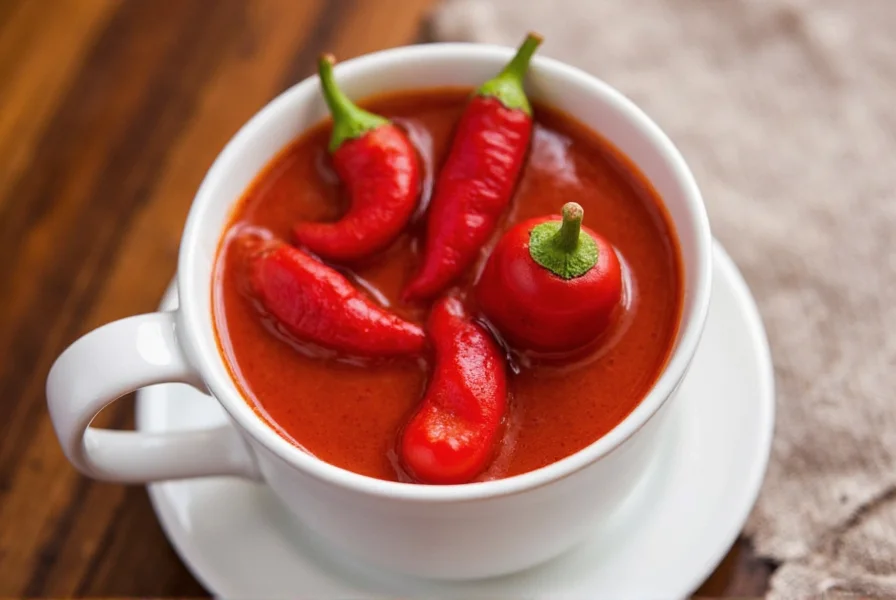
The Ultimate Buying Guide for Spices
Choosing the right spices can make all the difference in your cooking. Here's a detailed guide to help you pick the best ones for your kitchen:
1. Garam Masala
Features: A warm, aromatic blend of cardamom, cloves, cinnamon, and cumin.
Advantages: Adds depth and complexity to Indian dishes.
Use Cases: Perfect for curries, stews, and meat dishes.
Target Audience: Anyone interested in Indian cuisine or seeking a versatile spice blend.
Suitable Occasions: Dinner parties, family meals, or cozy evenings at home.
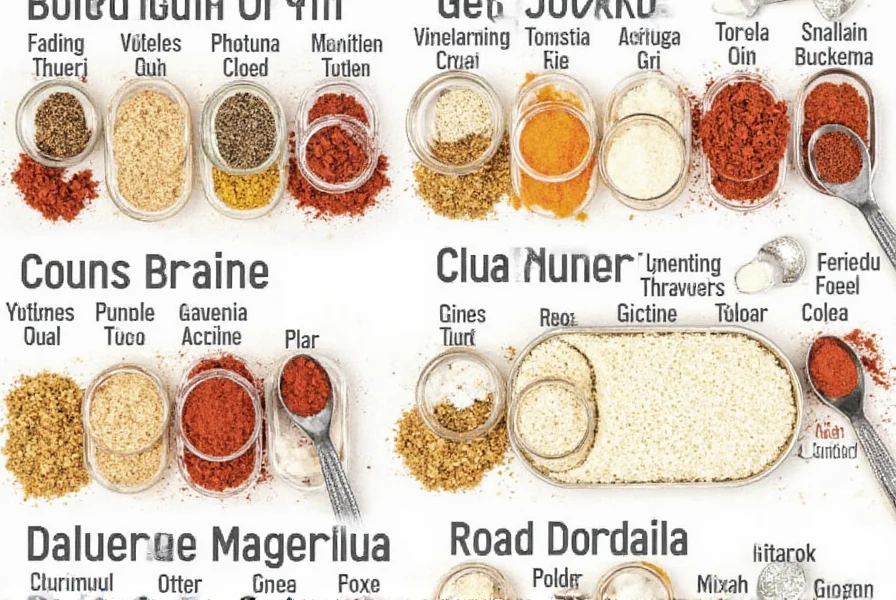
2. Smoked Paprika
Features: A vibrant red spice made from smoked dried peppers.
Advantages: Offers rich smokiness without excessive heat.
Use Cases: Ideal for Spanish, Hungarian, and Mexican dishes.
Target Audience: Home cooks who enjoy bold, smoky flavors.
Suitable Occasions: Grilled meats, soups, and sausages.
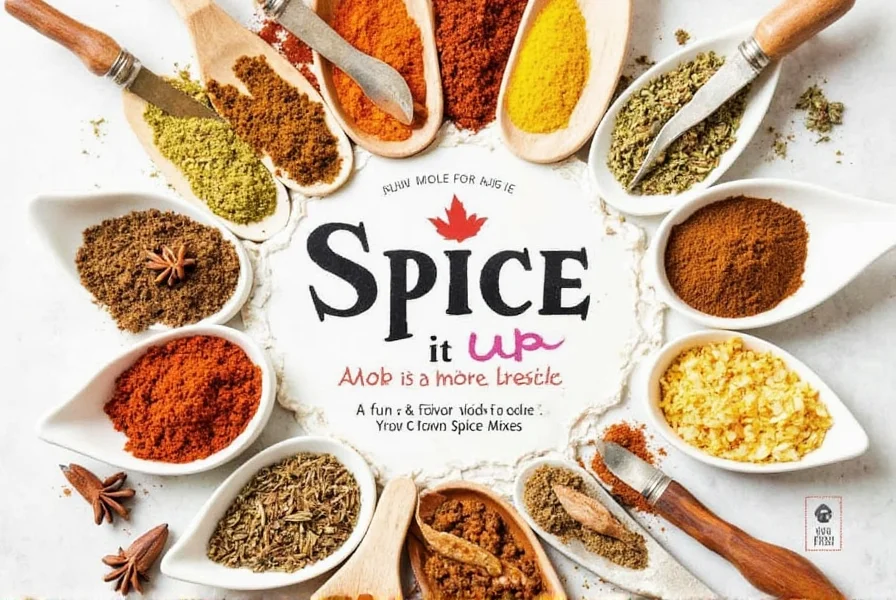
3. Shichimi Togarashi
Features: A Japanese seven-spice blend with chili peppers, sesame seeds, and citrus peel.
Advantages: Adds complex heat and umami to any dish.
Use Cases: Perfect for noodles, soups, and grilled proteins.
Target Audience: Fans of Japanese cuisine and adventurous home cooks.
Suitable Occasions: Weeknight dinners, special meals, or spice exploration.

4. Sansho Pepper
Features: A Japanese pepper with citrusy notes and mild numbing sensation.
Advantages: Enhances seafood and poultry dishes with unique flavor.
Use Cases: Commonly used in Japanese tempura, grilled fish, and soups.
Target Audience: Those seeking authentic Japanese flavors.
Suitable Occasions: Traditional Japanese meals and fusion cuisine experiments.
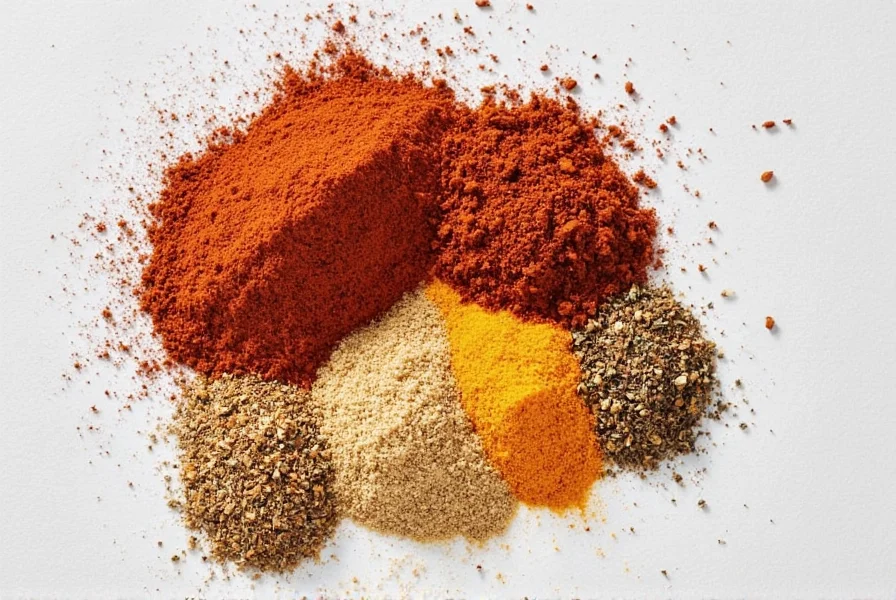
5. Star Anise
Star anise (Illicium verum) provides distinctive licorice notes through trans-anethole compounds. Authentic Vietnamese pho requires 1 whole star per liter of broth—exceeding this creates overpowering bitterness due to shikimic acid saturation (Food Chemistry, 2019). Unlike anise seed (Pimpinella anisum), star anise maintains flavor integrity in long simmers but should be removed after 30 minutes to prevent medicinal notes. Best stored in vacuum-sealed containers as it loses 30% volatile compounds within 6 months (Foods Journal, 2021).
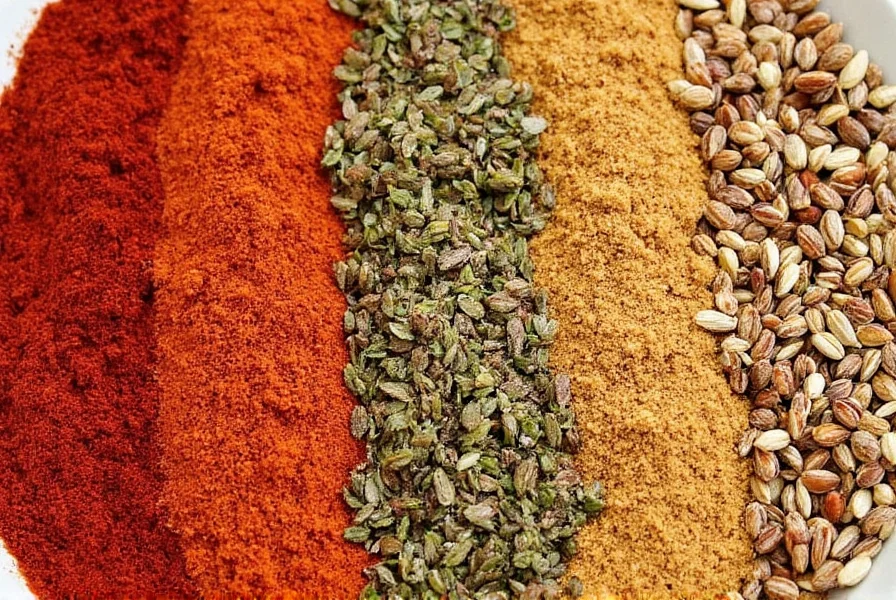
Frequently Asked Questions About Spices in Global Cuisines
Why do different cuisines use such distinct spice combinations?
Spice combinations evolved based on several factors: local availability of ingredients, historical trade routes, climate considerations, and cultural preferences. For example, Indian cuisine developed complex spice blends partly because many spices grow naturally in the region and have preservative qualities suited to the warm climate. Meanwhile, Japanese cuisine uses fewer dried spices and more fresh ingredients and fermented products due to different historical and environmental factors.
What are the most versatile spices for someone wanting to explore multiple cuisines?
Cumin, coriander, garlic powder, black pepper, and chili powder are incredibly versatile across many global cuisines. Cumin appears in Indian, Mexican, Middle Eastern, and North African dishes. Coriander works well in Asian, Indian, and Latin American cooking. Mastering these foundational spices allows you to create authentic flavors across multiple culinary traditions with minimal pantry space.
How can I tell if my spices are still fresh and potent?
Fresh spices should have vibrant color and strong aroma. A simple test: rub a small amount between your fingers and smell it. If the scent is weak or barely noticeable, it's likely past its prime. Most ground spices retain potency for 6-12 months, while whole spices can last 2-4 years. Proper storage in airtight containers away from light and heat significantly extends their shelf life.
Can I substitute hard-to-find spices in authentic recipes?
Yes, but with some caveats. For example, if you can't find kaffir lime leaves for Thai cooking, lime zest plus a squeeze of lime juice can provide some of the citrus element (though it won't be identical). For Mexican recipes requiring epazote, oregano plus a bit of cumin might work in a pinch. However, some spices like saffron or vanilla have no true substitutes. When substituting, remember you're creating a variation rather than an authentic dish, which is fine for home cooking but worth noting.
How do I build a multi-cuisine spice pantry without breaking the bank?
Start with versatile base spices (cumin, coriander, garlic powder, onion powder, black pepper) that work across multiple cuisines. Then add 1-2 specialty spices for each cuisine you want to explore. Buy whole spices when possible and grind them yourself - they last longer. Purchase from bulk stores or ethnic markets where prices are often better. Focus on quality over quantity - a small amount of fresh, high-quality spice is better than large quantities of stale spices.
Why do some recipes call for toasting spices before use?
Toasting spices in a dry pan or with oil releases their essential oils and intensifies their flavor. This technique, common in Indian, Middle Eastern, and Southeast Asian cooking, transforms the chemical compounds in spices, creating more complex aromas. Be careful not to burn them - toast over medium-low heat just until fragrant (about 1-2 minutes for ground spices, slightly longer for whole spices). Let them cool before using in your recipe.
Conclusion: Embrace the World of Flavors
Spices are the heartbeat of different cuisines, bringing together cultures, traditions, and tastes. Whether you're exploring the warmth of Indian spices, the boldness of Mexican seasonings, or the freshness of Thai chili peppers, there's always something new to discover.
By understanding how spices work across various cuisines—including their historical evolution and contextual boundaries—you can enhance your cooking with evidence-based precision. So, grab your favorite spices, experiment with new combinations, and let your kitchen become a global culinary adventure grounded in verifiable culinary science.

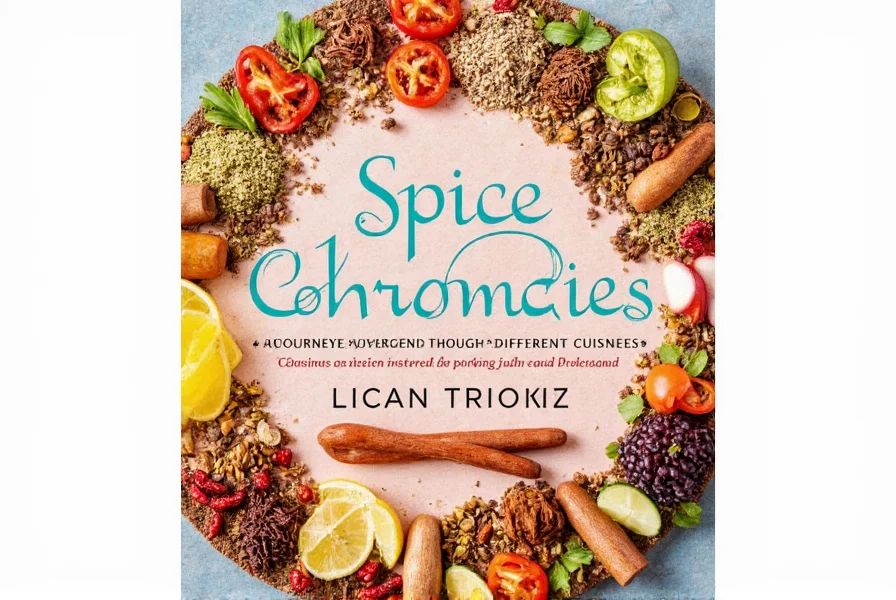









 浙公网安备
33010002000092号
浙公网安备
33010002000092号 浙B2-20120091-4
浙B2-20120091-4